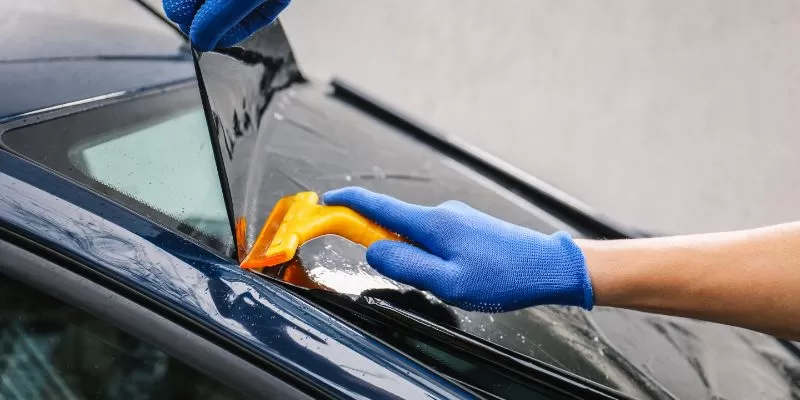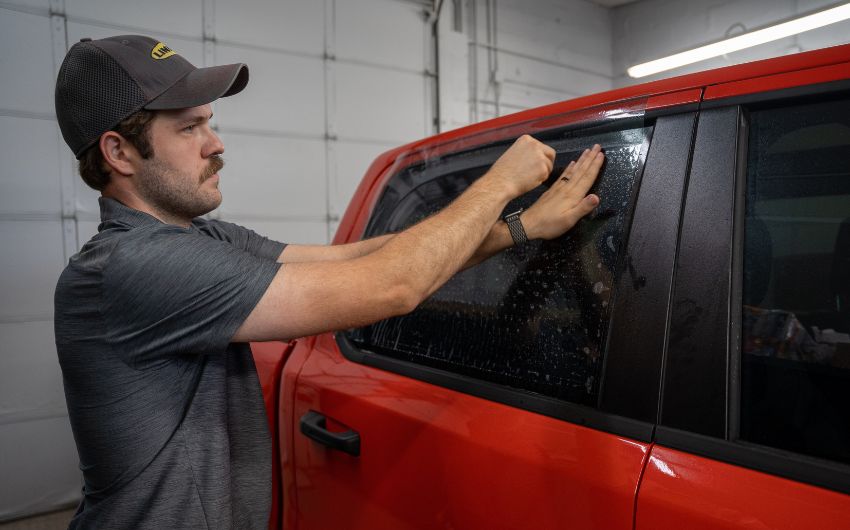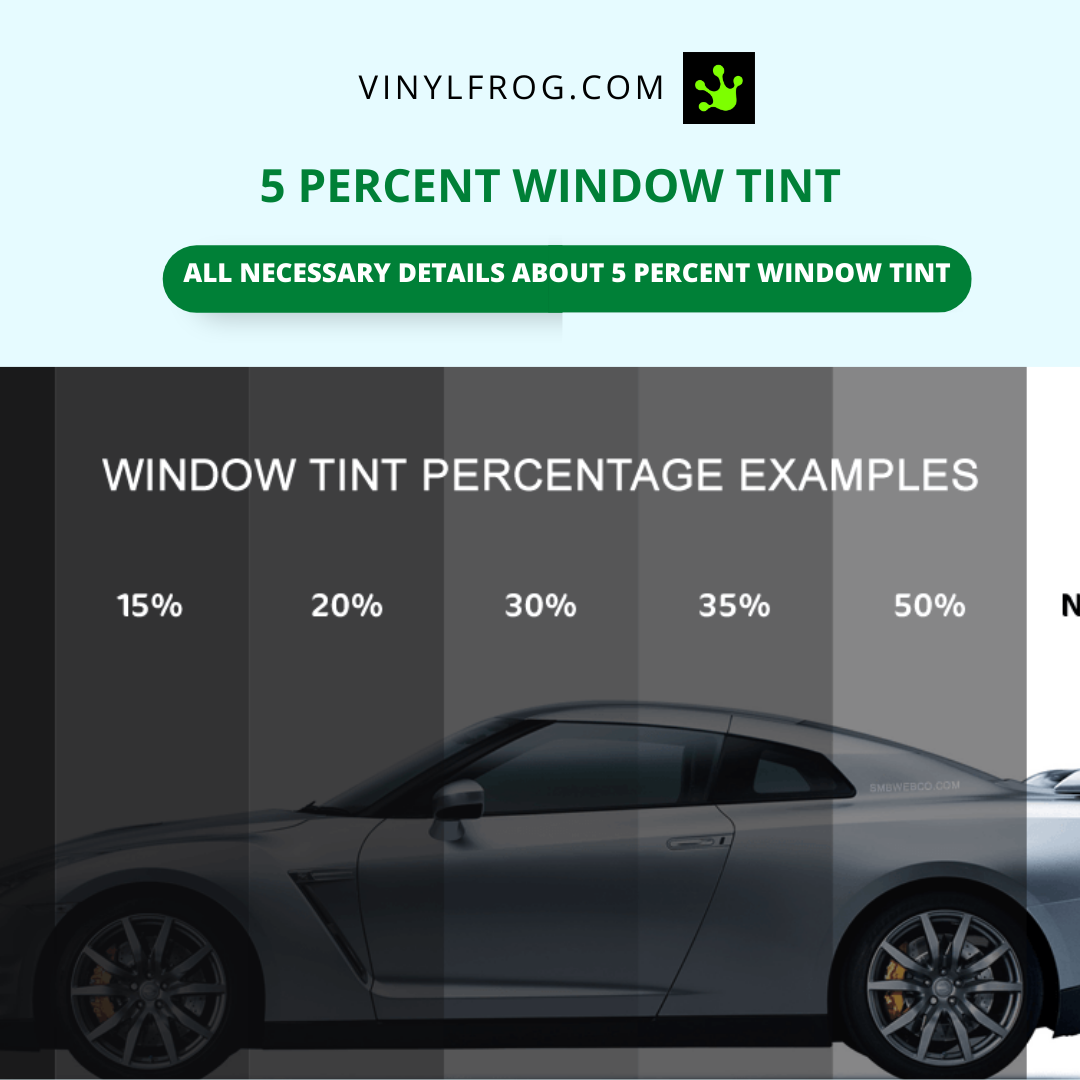Exactly How Vehicle Window Tinting Protects Your Automobile's Inside
Exactly How Vehicle Window Tinting Protects Your Automobile's Inside
Blog Article
Home Window Tinting Laws and Guidelines: What You Required to Know Before Tinting Your Vehicle
Prior to proceeding with window tinting for your vehicle, it is important to familiarize on your own with the diverse legislations and standards that regulate this method throughout various states. These policies determine the acceptable levels of tint darkness, frequently determined by visible light transmission (VLT) percentages, and include certain specifications for front windscreens targeted at guaranteeing roadway security. In addition, specific territories might offer medical exemptions for people with certifying problems. Comprehending these intricacies can save you from possible legal implications, however what are the details regulations in your state?
Overview of Window Tinting Regulations
Window tinting regulations are regularly based on variant throughout different territories, showing neighborhood laws and security factors to consider. These regulations dictate the allowable degrees of tint darkness and reflectiveness on automobile windows, making sure that vehicle drivers keep adequate visibility while also protecting versus hazardous UV rays and heat.
Many policies classify home window tinting based on the Visible Light Transmission (VLT) percentage, which suggests the amount of light that can pass via the window. Typically, reduced VLT portions signify darker colors. Regulations usually differentiate in between the front, side, and back windows, with stricter constraints applied to the front windscreen to boost safety and security for both the motorist and various other road users.
In addition, some jurisdictions enforce constraints on the reflectivity of the tint, protecting against extreme glow that could hinder visibility. Exemptions to these legislations may exist for people with specific medical problems needing added sun security. Compliance with window tinting laws is important, as infractions can cause fines, mandatory elimination of the tint, and possible increases in insurance policy premiums. As a result, it is important for lorry owners to familiarize themselves with neighborhood legislations prior to continuing with window tinting setups.
State-by-State Tint Regulations
Understanding the details window tinting laws in each state is important for lorry proprietors seeking to adhere to the regulation. Each state in the U.S. has developed its own set of guidelines controling window tinting, which can vary dramatically. These policies usually dictate the permitted levels of tint darkness, the kinds of windows that can be tinted, and any type of medical exemptions that might use.
For circumstances, states like The golden state have rigid constraints on tint darkness for front home windows, while others, such as New Mexico, might allow darker tints. Furthermore, certain states mandate certain presence percents for various home windows, consisting of the windshield, front side home windows, and rear home windows. It is crucial for car proprietors to acquaint themselves with their state's laws to stay clear of possible fines or charges.
Moreover, some states may need a qualification sticker label to be positioned on colored windows, showing conformity with state laws. Failure to stick to these guidelines not just risks lawful repercussions however can additionally influence safety and visibility while driving. Car owners must perform detailed study or consult regional authorities to make certain full understanding and conformity with state-by-state color guidelines.
Allowed Tint Degrees and Kinds
Numerous automobile proprietors may be stunned to find out that allowed tint levels and look what i found types differ commonly throughout various states. Each state has actually developed its own regulations regarding the allowable darkness and reflectivity of home window tint, often gauged by Visible Light Transmission (VLT) percentages. VLT describes the quantity of light that can travel through the tinted windows; therefore, a lower portion shows a darker tint.

Moreover, the types of tint products permitted can differ, with some states forbiding mirror-like or metallic coatings. It is essential for car owners to familiarize themselves with their state's details legislations to guarantee conformity. Non-compliance can result in fines, obligatory elimination of the tint, or other lawful consequences, making it imperative to understand these regulations before proceeding with setup.
Medical Exceptions for Tinting
While not all states offer allowances for clinical exceptions relating to home window tinting, those that do recognize the need for certain people to boost presence and convenience as a result of clinical problems. Numerous clinical problems, such as lupus, skin cancer, and particular eye disorders, can provide people specifically conscious sunlight. As a result, these individuals may require darker colors to safeguard themselves from damaging UV rays and glare.

It is crucial to note that even with a clinical exception, there may still be restrictions on the level of tint allowed. Compliance with state laws guarantees that individuals are both secured and within legal limits. Those taking into consideration clinical exemptions must contact their local Division of Motor Autos or comparable authority to recognize the demands and procedures required to apply for an exemption efficiently.
Charges for Non-Compliance
Stopping working to adhere to home window tinting legislations can bring about significant charges, which differ by state. Police are equipped to provide citations for lorries that do not stick to the defined tinting policies. These penalties generally consist of penalties, which can vary from small total up to numerous hundred bucks, depending on the seriousness of the offense and the state in question.
In some territories, duplicated offenses may lead to intensifying penalties or extra penalties, such as compulsory court looks. Non-compliance may necessitate the removal of prohibited tinting, usually at the owner's expenditure. In extreme cases, regular transgressors may encounter suspension of their automobile registration until conformity is attained.
In addition, insurance policy implications may emerge from obtaining several citations for window color offenses. Insurance great post to read companies might check out such infractions as an indication of riskier behavior, possibly bring about enhanced costs or problem in protection.
To prevent these charges, it is crucial for vehicle owners to acquaint themselves with their regional home window tinting regulations and make sure that their car complies (Window Tinting). This aggressive strategy not just prevents lawful implications however likewise promotes road safety and security
Conclusion

The majority of regulations identify home window tinting based on the Visible Light Transmission (VLT) percentage, which suggests the quantity of light that can pass via the window. Compliance with window tinting policies is vital, as offenses can result in penalties, necessary elimination of the tint, and possible rises in insurance premiums.Recognizing the details window tinting guidelines in each state is essential for automobile owners looking for to comply with the legislation. These policies frequently dictate the permitted levels of tint darkness, the types of windows that can be tinted, and any type of clinical exemptions that might use.
For circumstances, states like The golden state have rigorous limitations on tint darkness for front windows, while others, such as New Mexico, might permit darker colors.
Report this page